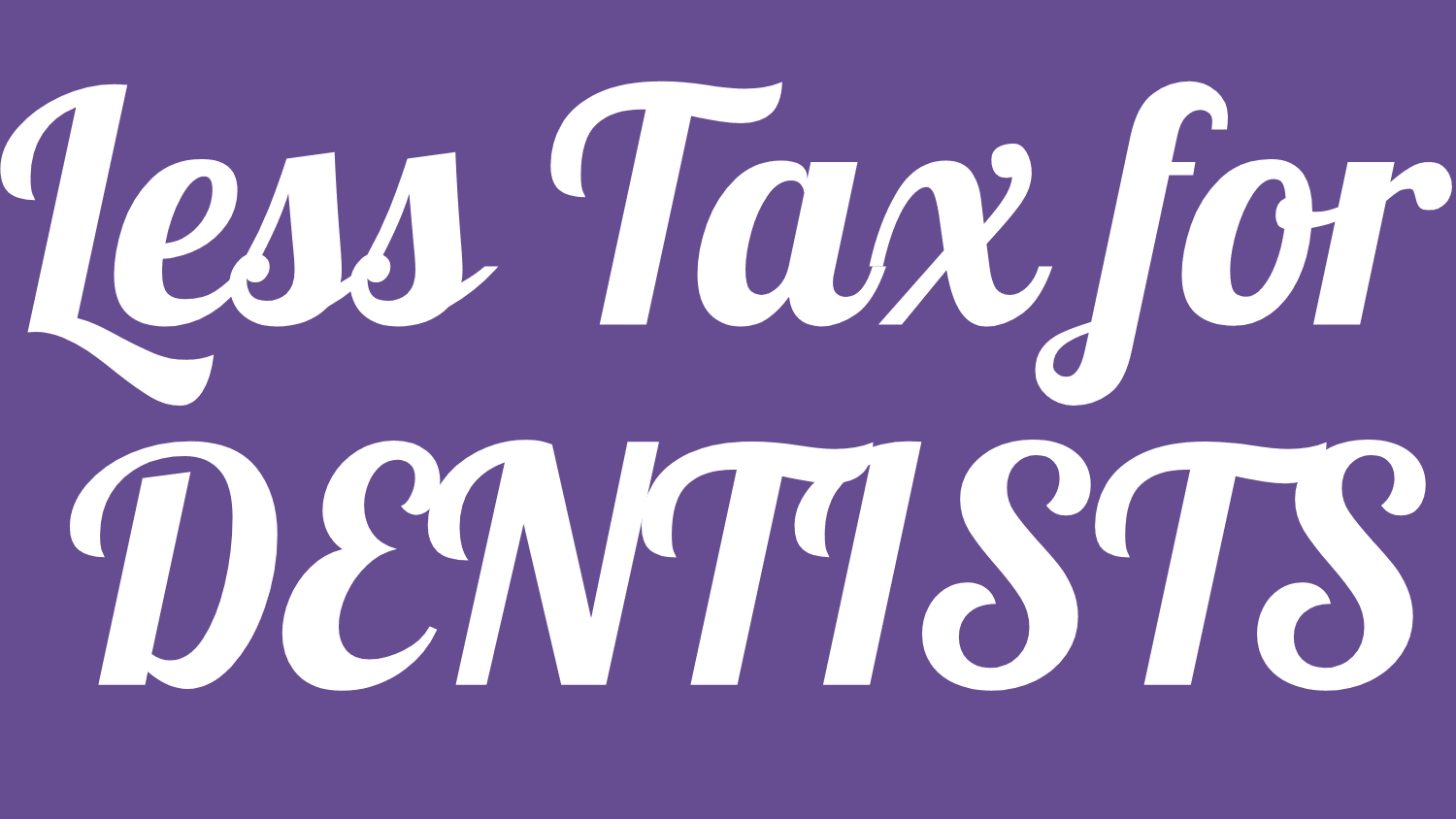Reduce Dental Tax Liability with Strategic Year-End Planning Tips
As a dental professional, you work hard to grow your practice, care for your patients, and keep your business finances in order. But when tax season approaches, do you find yourself scrambling to organize your expenses and minimize your tax bill?
If that sounds familiar, you’re not alone. The good news? With some smart year-end tax planning strategies, you can get ahead of the game—and even reduce what you owe Uncle Sam. Let’s break it down with simple, actionable tips every dental office can use.
Why Year-End Tax Planning Matters for Dentists
Dentists have unique financial situations. From equipment costs to staffing and continuing education, there’s a lot happening inside your office—and on your balance sheet. Without a plan, you could be missing out on big savings. Year-end planning helps you:
- Lower your taxable income
- Take advantage of deductions before year-end
- Better forecast cash flow for the new year
By taking the time to review your financials now, you’re setting up your practice for long-term success—and peace of mind when tax season hits.
1. Maximize Dental Business Deductions
Make sure you’re writing off every eligible expense. Have you purchased new dental chairs or updated your X-ray equipment this year?
Under Section 179, you can deduct the full cost of qualifying equipment—up to certain limits—as long as it’s in use by December 31st. This means it’s not just about buying the equipment, but making sure it’s installed and ready to go.
Also, don’t forget smaller deductions like:
- Office supplies and PPE
- Continuing education and training
- Marketing costs
- Software subscriptions (like dental billing platforms)
2. Defer or Accelerate Income—It’s All About Timing
Here’s a simple trick that can help reduce your tax bill: shift income and expenses across the calendar. If your practice is cash-based, you can delay billing patients until January or prepay certain expenses in December to lower this year’s income.
Think of it like steering your income—like moving chess pieces to protect your king (your bottom line!).
3. Fund Retirement Accounts Before the Deadline
If you haven’t maxed out retirement contributions, now’s the time. Dental practice owners can contribute to:
- SEP-IRAs
- SIMPLE IRAs
- 401(k) plans
Not only does this reduce your taxable income, but it’s also a smart way to invest in your future. It’s a win-win.
4. Conduct a Tax Strategy Meeting with Your CPA
When was the last time you had a sit-down with your accountant before tax season? Don’t wait until April—schedule a year-end review now. Together, you can review financial reports, estimate your tax liability, and plan moves to reduce it.
Think of your CPA as your practice’s GPS—you still have to drive, but they help you avoid costly detours.
Don’t Leave Money on the Table
The end of the year is like the final quarter in a game. There’s still time to make strategic plays that could save your dental practice thousands. By acting now—reviewing deductions, managing income timing, and working with your CPA—you’ll reduce your dental tax liability and set your practice up for a financially healthier new year.
So, grab that calendar, block off some planning time, and take charge of your taxes. You’ve got this!




